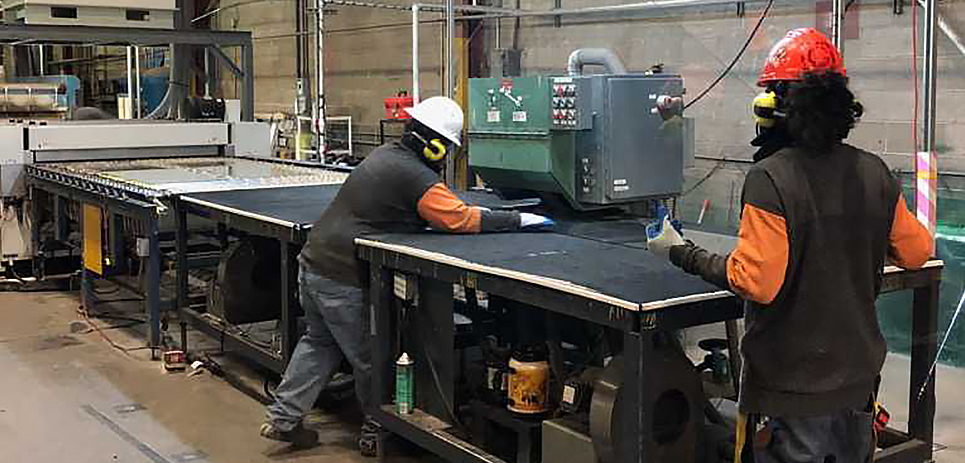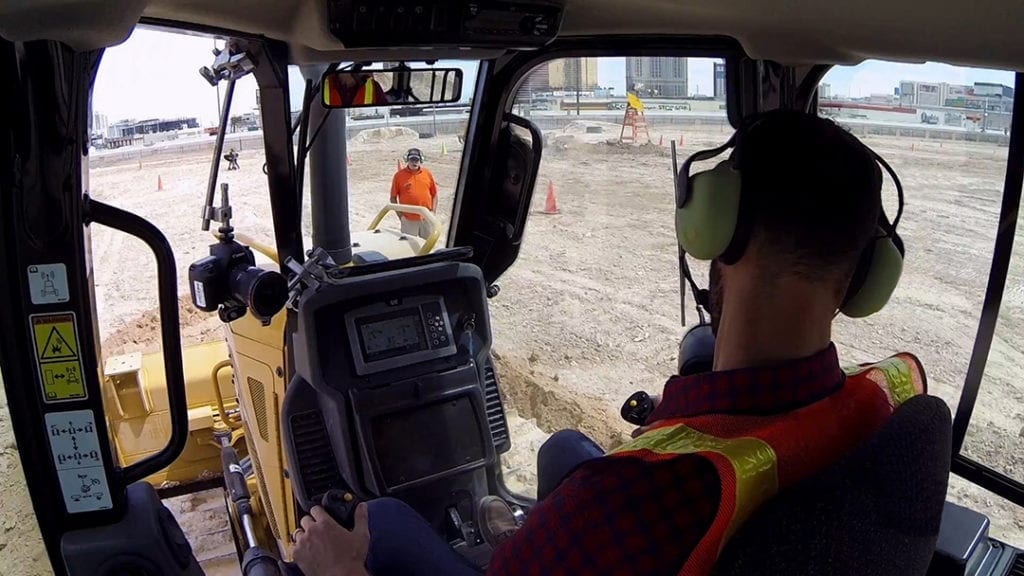Insight
Published and updated
Effective Team Communication During Social Distancing

Manufacturing and construction companies working essential jobs during the coronavirus pandemic are adjusting to social distancing guidelines and enduring disruptions while trying to maintain production timelines. Effective communication is the key to pulling this one off. Here are three issues many businesses are facing and how they’re being addressed.
1. Shrinking human resources
Fewer workers may be available to keep production and construction projects moving as illness, stay-at-home orders and family obligations combine to reduce available labor.
A thinner staff requires more communication, not less. Work teams that start their shifts outlining the day’s goals are able to clearly assign tasks that may have been known or assumed in the past. Check in with your team regularly during the day and make adjustments as needed.
If workers aren’t able to interact easily with each other, could quality and productivity be impacted negatively? If we’re maintaining our six-foot radius of distance, exchanging words becomes unreliable. Consider using wireless headsets to enable normal conversations, especially when in close proximity to loud equipment.
2. New ground rules for safe communication
The ‘shoulder-tap’ method of getting a coworker’s attention is no longer acceptable with social distancing guidelines. Too close! But remaining alert and being able to communicate reduces the probability of incidents. “Hey, watch out!” is only effective if it’s heard quickly by the intended party. How do we do that during social distancing? Instill the Buddy System in your crews. Everyone has a partner and they watch each other’s backs.
You need to stop what you’re doing and move to another machine? Get the attention of the other person. This will be easier with communication headsets; you’ll have their attention after one syllable as opposed to potentially minutes of arm-waving and hopping up and down. And if it’s come to that, you’ve probably already moved and taken your hands off your work. That slows things down at best and risks an incident at worst.
3. Social distancing breaks down employee training

We’ve all seen the statistics. Effective training of new employees increases retention, improves morale and makes employees up to 30% more productive, according to one study.
But, whether it’s a facility making breakfast cereal or a large-scale contractor completing a highway interchange, workers’ roles are becoming stretched to include additional and sometimes unfamiliar responsibilities.
As training becomes even more crucial for success, the learning curve is one we want to fatten, not flatten. Make it steep and dense with clear and immediate feedback from qualified coworkers and new hires will become more familiar with the job in less time. Humans learn best with immediate information that’s relevant to the task at hand.
Wireless communication headsets can be used here, as well, to restore natural communication between trainers and trainees. Everyone stays in sync as they take the classroom environment onto the job site or the production floor.
So how can employers restore effective team communication, maintain productivity and train employees without violating CDC recommendations for social distancing?
Effective team communication at social distance
Team Wireless Headsets enable natural conversation at a safe distance by combining conference call-like communication and hands-free operation with advanced hearing protection.
Team members can hear each other clearly even in high noise, which eliminates the need for face-to-face communication. Now workers can safely maintain social distance while continuing to collaborate and communicate as the work continues.
Team wireless communication solutions
Sonetics Wireless Communication Solutions are proven effective tools for enabling team collaboration at social distance. Construction and manufacturing teams use wireless headsets to improve communication, protect their workers’ hearing, and accelerate training in high-noise environments.